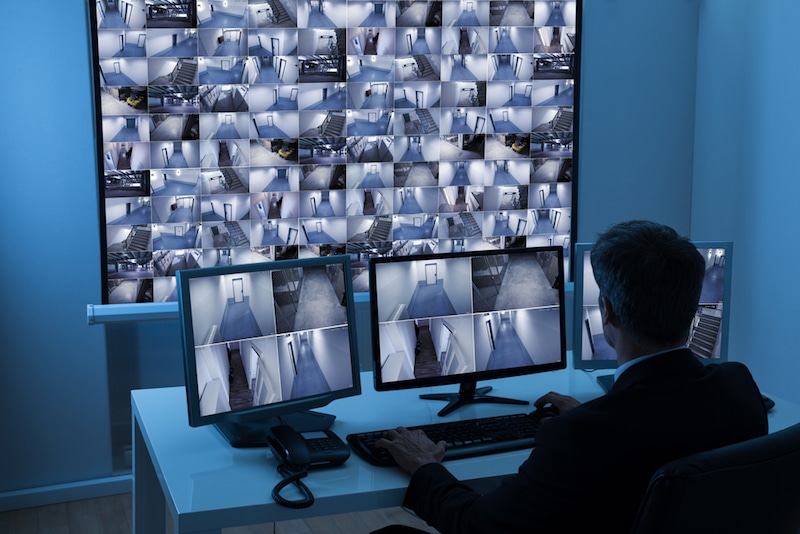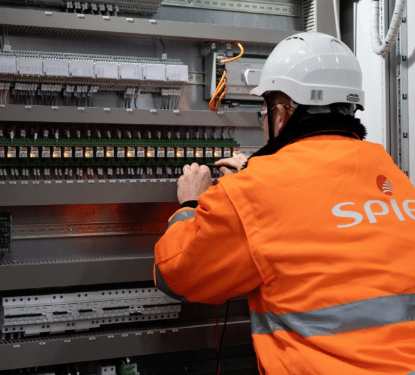Integration between the three main product groups (Access Control, Video Surveillance, Intruder Alarm) in the Physical Security business has developed slowly with an initial interest starting almost ten years ago. In 2015 it became one of the most active areas for development particularly by companies involved in the supply of more than one of these products.
Until recently, many of the claims of growth in demand of integration have been made by the manufacturers and suppliers but more recently the system integrators have actively started to promote it. With their support it is in a much better state to push ahead. So why has it taken so long to establish and could this be another false dawn?

There are a number of reasons that have now come together, both on the demand side and supply side that make this a more attractive business. The supply side has been the major driving force partly because growth has slowed down in Video Surveillance and the Intruder Alarm business and this has caused suppliers to search for new business opportunities.
IP networking has long been the driver for intelligent solutions in Video Surveillance and more recently the Access Control business. At the same time virtually all the manufacturers now subscribe to the ONVIF standard. These factors have made it much easier to connect up the different manufacturers products across the security services and in some cases achieve plug and play capability.
The demand side is gradually being converted, particularly by owners of Smart Buildings in a number of vertical markets. However across the board building owners of less prestigious building stock are still skeptical that robust integrated solutions will be delivered that provide a satisfactory return on investment. This is the volume business, and it will require well directed marketing strategies to allay their fears if this business is going to be converted. Only then will the vast latent potential be satisfied.
In addition the routes to market require further strengthening and whilst you would expect most Systems Integrators to be strong advocates of integration most will require further training and technical support in order to build up the expertise to fully develop this market.
In our recent article Will Physical Security become the Epicentre of IoT in Buildings? we reviewed the impact that the Building Internet of Things (BIoT) will have on all the Building Automation services with physical security being just one element.
Taking this approach to delivering holistic solutions will require the physical security requirements of a building to be designed into the building at the construction stage not an add on at a later stage. This will require manufacturers and system integrators to change their marketing strategies.
The long term developments in BIoT should deliver systems that integrate all Building Automation services not just security and theoretically in a much more efficient and cost effective way. For this reason integrating security services may have a rapid growth for say the next 4-5 years and then fall back as the demand for BIoT solutions become standard.
There will always be segments in the market particularly retrofit where full integration of just security services will remain popular.
[contact-form-7 id="3204" title="memoori-newsletter"]



